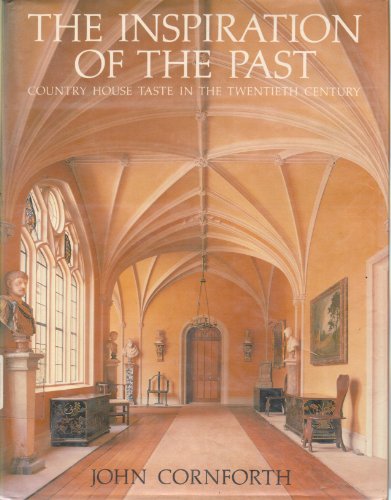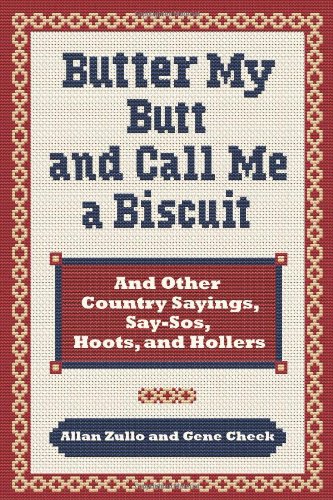
The twentieth century has seen an extraordinacy blossoming of enthusiasm for country houses, and, while on the one hand it
has been a period of destruction and dispersal, it has also been
a period of restoration, decoration and preservation as well as new building. In recent years the country house has had an
influence on taste and fashion in decoration in both Great
Britain and North America. This book concentrates on the rise of interior decoration as it is now understood. From the early
twentieth-century enthusiasm for the interiors of medieval and
Tudor houses such as Lytes Cary, Westwood and Cothay, followed by the rediscovery of eighteenth-century houses such
as Kelmarsh, Ditchley and Buxted and of the Regency style in the 1920s and 1930s; it continues the story through the depress¬ed condition of country houses in 1945 to the recovery of the 1950s, 1960s and 1970s, illustrated by, among other houses, Ramsbury, Haseley and Leixlip.
It is a book about people as well as places and it explores the connection between the concern of individuals for their houses and the development of the National Trust’s involvement with country houses since the mid-1930s.
The principal figure in the book is John Fowler, the interior decorator, who died in 1977. Through his work in the thirty
years after 1945 and his unconventional partnership with
Mrs Lancaster, herself a considerable influence on taste in houses on both sides of the Atlantic, he had a remarkable
influence on the look of country houses, on their decoration
and their restoration, and in the last ten years of his life he made an important contribution to the houses of the National Trust,
particularly through what he did at Shugborough, Sudbury and Clandon. Since his death his style has continued to influence decoration.

